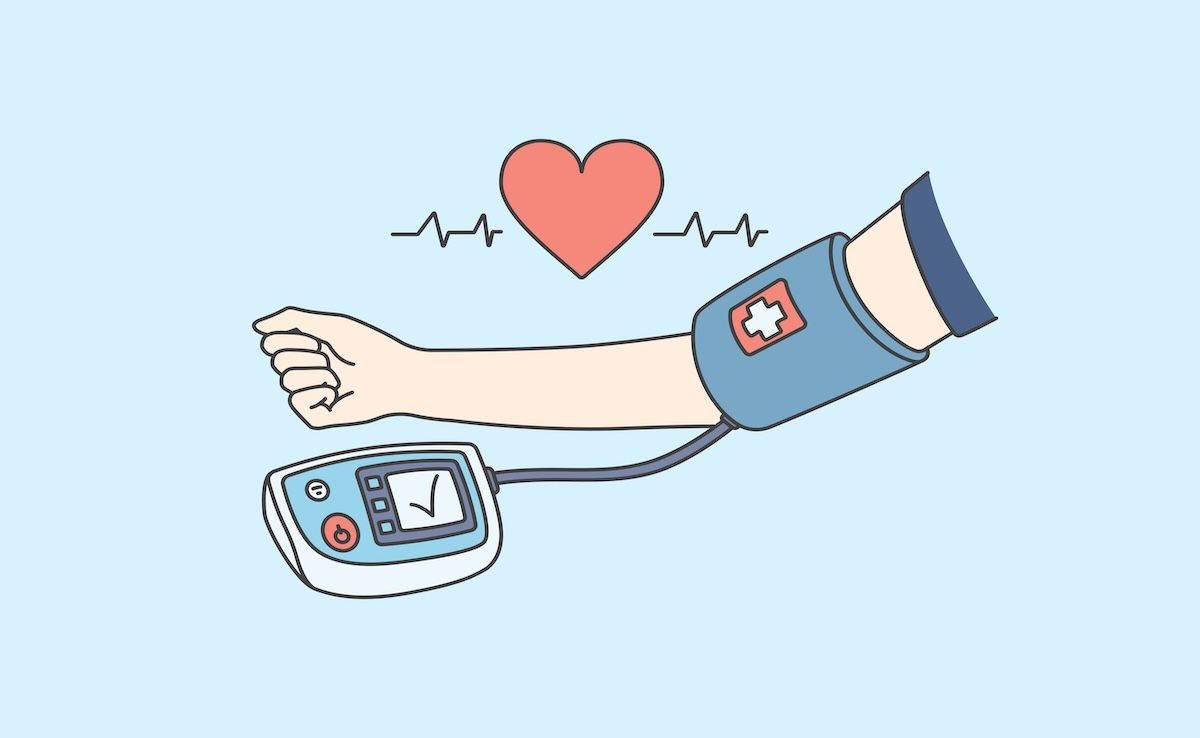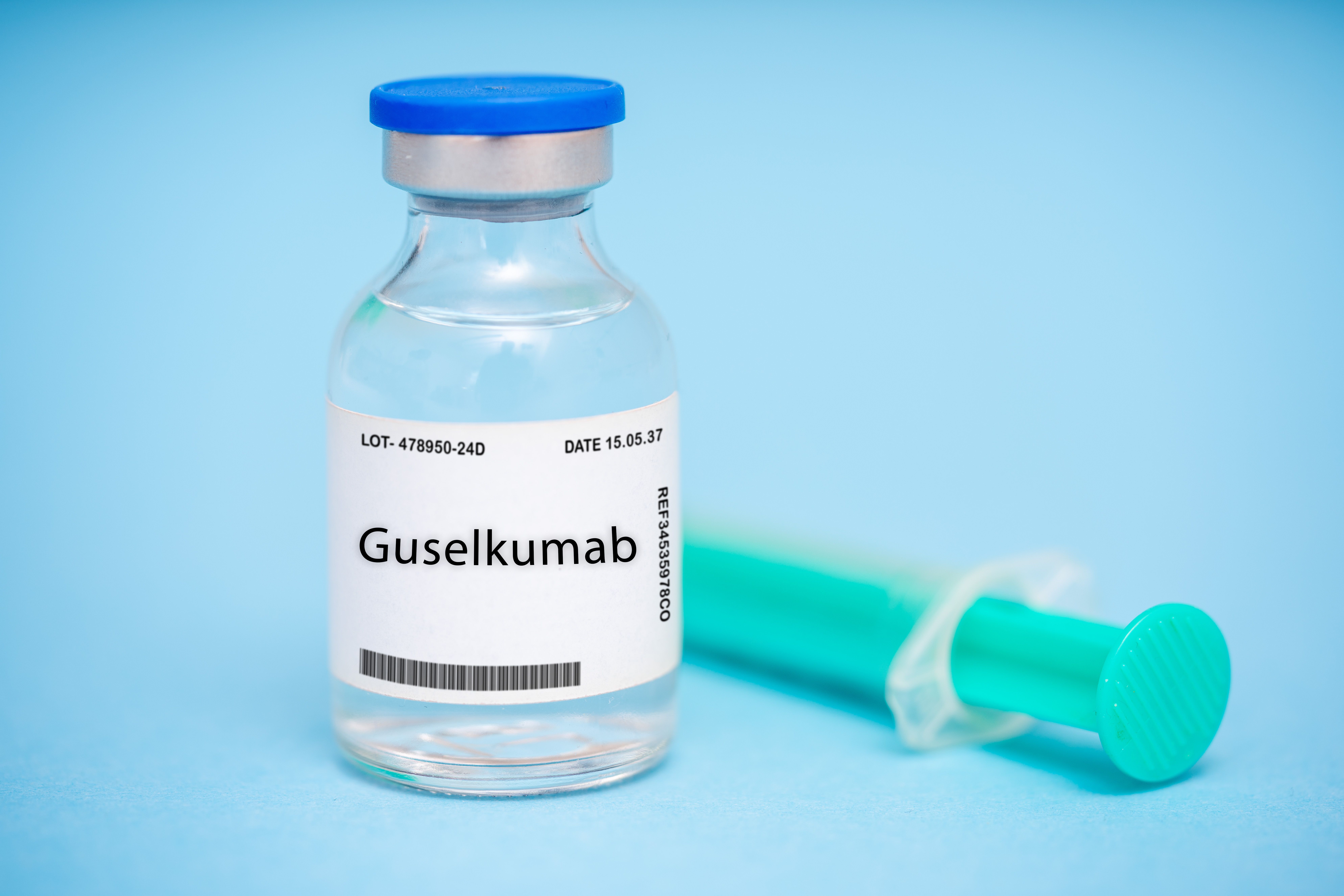Video
Strategy for Up-front Therapy of Multiple Myeloma
John Fox, MD, MHA: I’m fascinated, because you talked about the potential polyclonal nature of this disease and the heterogeneity. I suspect that, as in other cancers, you have emergence of new clones. How does that impact your treatment? We look at response rates here, but I’m not aware that any of these patients are being treated based on the development of new clones or the heterogeneity of those clones. How does that impact your treatment?
Sundar Jagannath, MD: It has a great impact. I would argue that we physicians are responding to the fact that there are multiple clones in the patient, and we need to get deep responses in order to have a durable remission. Some portion of those patients in deep remission, who are MRD [minimal residual disease]—negative over a period of several years, are on the way to being cured. We have some surrogate markers to indicate who will be cured. Let’s say that MRD negative at 5 years could be a hallmark to say these patients are cured. There may be still a relapse at the 10th year, or the 12th year. But most likely, these patients could even be drug-free during that time.
I think it may look as if we are just adding drugs at the moment, but adding drugs is actually capturing more of the clone. We are putting the patient under deeper remission. These patients have good quality of life. They are fully engaged. Younger patients are back to work with full force, so they are economically contributing to this country. I think that is good, but I hear your point, which is, why don’t you segment and tailor your therapy? I think that will be coming as we understand the biology.
Right now, the exploration is opening up many of these questions, so we are seeing more and more. It’s like looking at the stars and counting the billions of stars that are there. My feeling is that we will come to a point where we would know whether this patient’s immune system is so good that the daratumumab with an immunomodulatory molecule may be adequate in maintaining the cancer for a longer period of time. In another patient, they may need a proteasome inhibitor and things like that.
I think the future is still coming there, plus newer drug options are coming. The most important thing I would say is that the drugs are bringing patients into deeper remission and bringing them better quality of life. The new drugs we added now, like monoclonal antibodies and immuno-oncology, are not adding to the toxicity or adverse events for the patients. I will let you talk on financial toxicity.
Ola Landgren, MD, PhD: Can I bring up 1 thing here?
John Fox, MD, MHA: Sure.
Ola Landgren, MD, PhD: I think what I heard you asking, John, is, are we acting on biomarkers for treatment and tailoring therapy? Sundar and I treat a lot of patients with myeloma. We know from the genomic side that if you sequence these tumors, as Sundar pointed out, there are very many mutations that can be captured. You have gains and losses, and you have translocations. It’s a massively genomic altered disease. Unlike, for example, chronic myeloid leukemia or subsets of other solid tumors, where you can look for a particular marker and you can make treatment decisions based on a marker, in myeloma, you find 50 or 100 markers per patient.
John Fox, MD, MHA: Those are the deletions and the translocations.
Ola Landgren, MD, PhD: And somatic mutations.
John Fox, MD, MHA: OK, yes.
Ola Landgren, MD, PhD: Sundar pointed out that even within a given patient, there are multiple subclones. If you were to pick a very selective therapy to begin with, you may cure a subset of the disease, but the rest, you won’t touch. You need to have these broader drugs. What we are seeing is, as we are using these MRD tests right now to quantify success, and if we see that the patient is brought down to MRD negativity, we declare that this is a successful individualized approach. We use the best drugs up front, so that’s the way we do the individualized care, for now, but still the disease comes back.
John Fox, MD, MHA: It will be very interesting in the future if the treatment is determined by the risk factors and polyclonal nature of a patient’s disease. Today we have the risk scoring via the revised International Prognostic Scoring System. However, I’m not aware that it is dictating which treatment is being used. It sounds as if we’re going to use triple or quadruple therapy for all patients in the hopes of inducing minimal residual disease, and then we’ll see what that translates long term. Will that translate into reduced maintenance therapy or no therapy at all? If we were going to invest heavily, and we are investing heavily in these patients, what does that translate into in the long term? We’ll talk about some of those trials today.




